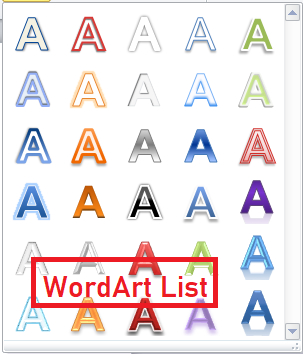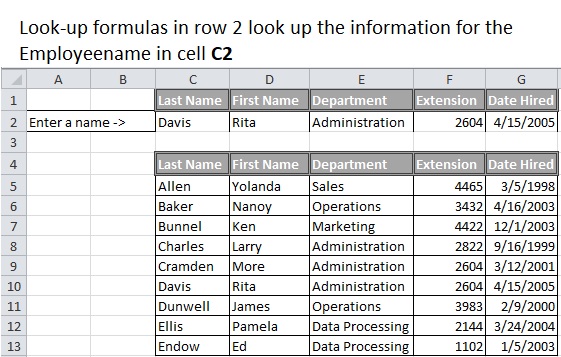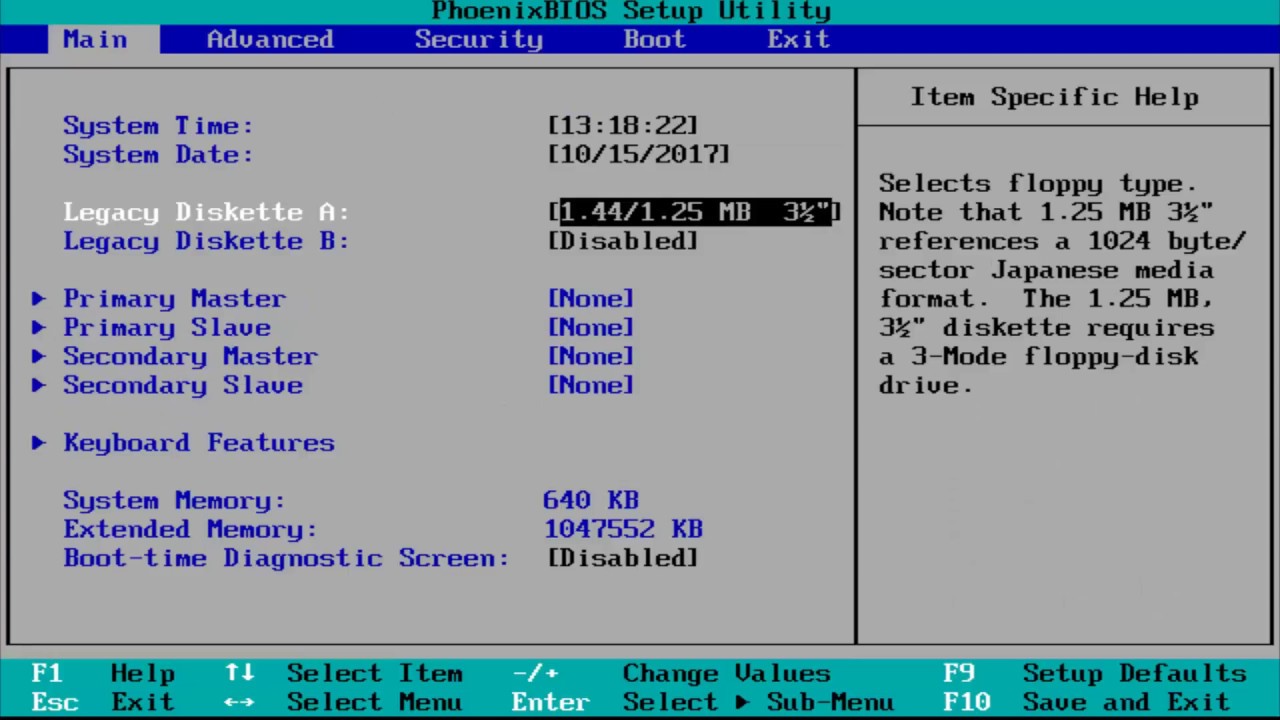Computer
Explain What is Unix Operating System


UNIX is a computer Operating System and In this article, we going to explain what is UNIX operating system is and the Versions of the UNIX System.
What is UNIX?
UNIX is a computer operating system originally developed in the 1960s and 1970s by a group of AT&T employees at Bell Labs including Ken Thompson, Dennis Ritchie, and Douglas Mcllroy. Today’s Unix systems are split into various branches, developed over time by AT&T, as well as various commercial vendors and non-profit organizations.
The present owner of the trademark UNIX is the Open Group, an industry standards consortium. The only system fully compliant with and certified to the Single UNIX Specification qualifies as “UNIX “.
Read Also: Different types of Computer memory
Versions of UNIX System(History)
-
The version (1969 -1980)
The Beginning(1969): The history of UNIX starts back in 1969, when Ken Thompson, Dennis Ritchie, and others started working “little-used PDP-7 in a corner” at Bell Labs and what was to become UNIX.
First Edition(1971): It had an assembler for a PDP-1 1/20, file system. It was used for the text processing of patent documents.
Fourth Edition(1973): It was rewritten in C Language. This made it portable and changed the history of the OS.
Sixth Edition(1975): UNIX leaves home. Also widely known as Version 6, this is the first to be widely available outside of Bell Labs. The first BSD version (1. x) was derived from V6.
Seventh Edition(1979): It was an “improvement over all preceding and following Unices” [Bourne]. It had C, UUCP, and the Bourne shell.
Xenix(1980): Microsoft introduces Xenix. 32V and 4BSD introduced.
-
The version (1982 -1989)
System 3(1982): AT&T’s UNIX System Group (USG) release System Ili, the first public release outside Bell Laboratories. SunOS 1.0 ships. HP-UX introduced. Ultrix-11 Introduced.
System 5(1983): Computer Research Group (CRG), UNIX System Group (USG), and a third group merge to become UNIX System Development Lab. AT&T announces UNIX System V, the first supported release. Installed base 45,000.
4.2BSD(1984): University of California at Berkeley releases 4.2BSD, which includes TCP/IP, new signals, and much more. X/Open formed.
SVR2(1984): System V Release 2 introduced. At this time there are 100,000 UNIX installations around the world.
4.3BSD(1986):4.3BSD released, including Internet name server. SVID introduced. NFS shipped. AIX announced. Installed base 250,000.
SVR3(1987): System V Release 3 including STREAMS, TLI, RFS. At this time there are 750,000 UNIX installations around the world. IR IX introduced.
SVR4(1989): UNIX System V Release 4 ships, unifying System BSD, and Xenix. Installed base 1.2 million.
-
The version (1990 -1995)
XPG3(1990): X/Open launches XPG3 Brand. OSF/1 debuts. plan g from Bell Labs ships.
SVR4.2(1992): USL releases UNIX System V Release 4.2 (Destiny), October – X PG4 Brand launched by X/Open. December, 22nd Novell announces intent to acquire USL. Solaris 2.0 ships.
4.4BSD(1993): 4.4BSD the final release from Berkeley. June 16 Novell acquires USL.
SVR4.2MP(1993): Novell transfers rights to the “UNIX” trademark and the Single UNIX Specification to X/Open. COSE initiative delivers “Spec 1170” to X/Open for FastTrack. In Decem-ber Novell ships SVR4.2MP, the final USL OEM release I of System V.
UNIX 95(1995): X/Open introduces the UNIX 95 branding program forl’4 implementations of the Single UNIX Specification. Novell sells the UnixWare business lines to SCO which was Digital UNIX.
Single UNIX Specification, Version 2 (1997): The Open Group introduces Version 2 of the Single UNIX Specification, including support for real-time, threads and 64-bit and larger processors. I RIX 6.4, AIX 4.3 and HP-U) 11 ship.
-
The version (1998 -2003)
UNIX 98(1998): The Open Group introduces the UNIX 98 family of brands, including Base, Workstation, and Server. First UNIX 98 registered products shipped by Sun, IBM, and NCR. The Open Source movement starts to take off with announcements from Netscape and IBM. UnixWare 7 and IRIX 6.5 ship.
UNIX at 30(1999): The UNIX system reaches its 30th anniversary and Linux released kernel 2.2. The Open Group and the IEEE commence joint development of a revision to POSIX and the Single UNIX Specification. First LinuxWorld conferences. Dot corn fever on the stock markets. Tru64 UNIX ships.
Single UNIX Specification, Version 3(2001): Version 3 of the Single UNIX Specification unites IEEE POSIX, The Open Group, and the industry efforts. Linux 2.4 kernel released. IT stocks face a hard time in the markets. The value of procurements for the UNIX brand exceeds $25billion. AIX 5L Ships.
ISO/IEC 9945(2003): The core volumes of version 3 of the Single UNIX Specification are approved as an international standard. The “Westwood” test suite ship for the UNIX 03 Brand.Solaris 9.0 E Ships After that Linux 2.6 Kernel Released.
I hope you get the all information about Explain Unix Operating System. If you like this article, you can share and comment. So that we too have a chance to learn something from your ideas and improve something.
Read More:








You must be logged in to post a comment Login